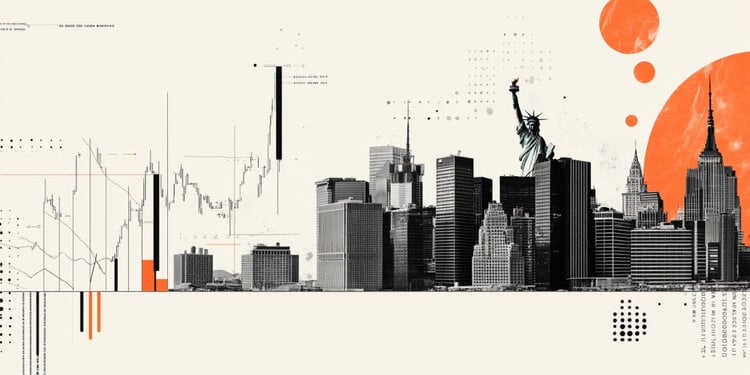Across the former Soviet Union and the Eastern Bloc, massive concrete complexes are testament to Europe’s post-war housing boom. Built en masse in the second half of the 20th century, their utilitarian designs were generally aimed at providing homes as quickly and cheaply as possible.
But while some of these developments have been destroyed or fallen into disrepair, many have survived the communist governments that built them.
In 2012, David Navarro and Martyna Sobecka, founders of publishing house and design studio Zupagrafika, began documenting the aging concrete blocks of Eastern Europe – and meeting the people who still call them home. Initially, the duo intended to photograph architectural paper models against the buildings they depicted, though they asked residents to pose for portraits holding the illustrations.
A decade later, and with the help of photographers from across the region, they published images and stories of 40 housing projects in 37 different cities.
From what was once East Berlin to the remote Russian city of Norilsk, Navarro and Sobecka found that occupants of these oft-criticized buildings complain about problems such as poor insulation and lack of maintenance. But they also discovered many residents who were both complimentary and nostalgic about their Cold War-era homes.
As the duo write in the introduction to their new book, “The Tenants: Concrete Portraits of the Former Eastern Bloc,” their subjects have memories of both “the golden years of buildings and darker times.”
Barbara, Plac Grunwaldzki housing project in Wrocław, Poland

“I was one of the first tenants here. I love my apartment on the fourth floor. I have three spacious rooms with a small kitchen.”
“The only downside is the pigeons, my God, this is really terrible! The renovation is nice and clean on the outside, but they didn’t put tile on the porch floor like they promised. In addition, tenants are still paying around 200 zlotys (about R$230) per month each for this renewal.”
Josef, Jižní Město residential district in Prague, Czech Republic

“These panelák (prefabricated concrete) houses were built very quickly so that people had a place to live. Everyone liked it here. Then came the Velvet Revolution and they wanted to overthrow them; if they had demolished it, we wouldn’t have houses today.
“When we were buying an apartment here it was very affordable, now they are available for 4 million crowns (about R$880,000), very expensive for people who don’t have a lot of money.”
Zinaida, Novosmolenskaya housing complex in Saint Petersburg, Russia

“There are almost no young people living here, but the house has many advantages: it is relatively quiet, close to the subway and there is a lot of green around. The main disadvantage is that the walls, floors and ceilings are uneven. Probably something went wrong during construction.”
Givi, Sky-Bridge housing project in Tbilisi, Georgia

“I have lived on the bridge floor for 40 years. Before the bridges were built, the entire floor was closed and I was the only one left there.
“These round windows used to be balconies that couldn’t be transformed back then. Now some of the tenants have covered them to have more space inside, only their exhaust gases go up to my balcony.”
Divna, Belgrade Eastern City Gate in Belgrade, Serbia

“The buildings are old and well built. These are the statues of Belgrade. Its foundations are deeply grounded, protecting the upper floors from earthquakes.”
Christin, Berliner Querplatte in Berlin, Germany

“I was born in (the eastern district of) Prenzlauer Berg and moved here in the 1970s. I live on the ninth floor and have a two-bedroom apartment, more than enough space for me and my dog.
“The rent is around 500 euros (R$ 2,700) a month and for my modest pension it’s a lot, but it’s not a lot for this great location, is it? I can see the Television Tower from my window!”
Source: CNN Brasil
With 6 years of experience, I bring to the table captivating and informative writing in the world news category. My expertise covers a range of industries, including tourism, technology, forex and stocks. From brief social media posts to in-depth articles, I am dedicated to creating compelling content for various platforms.





